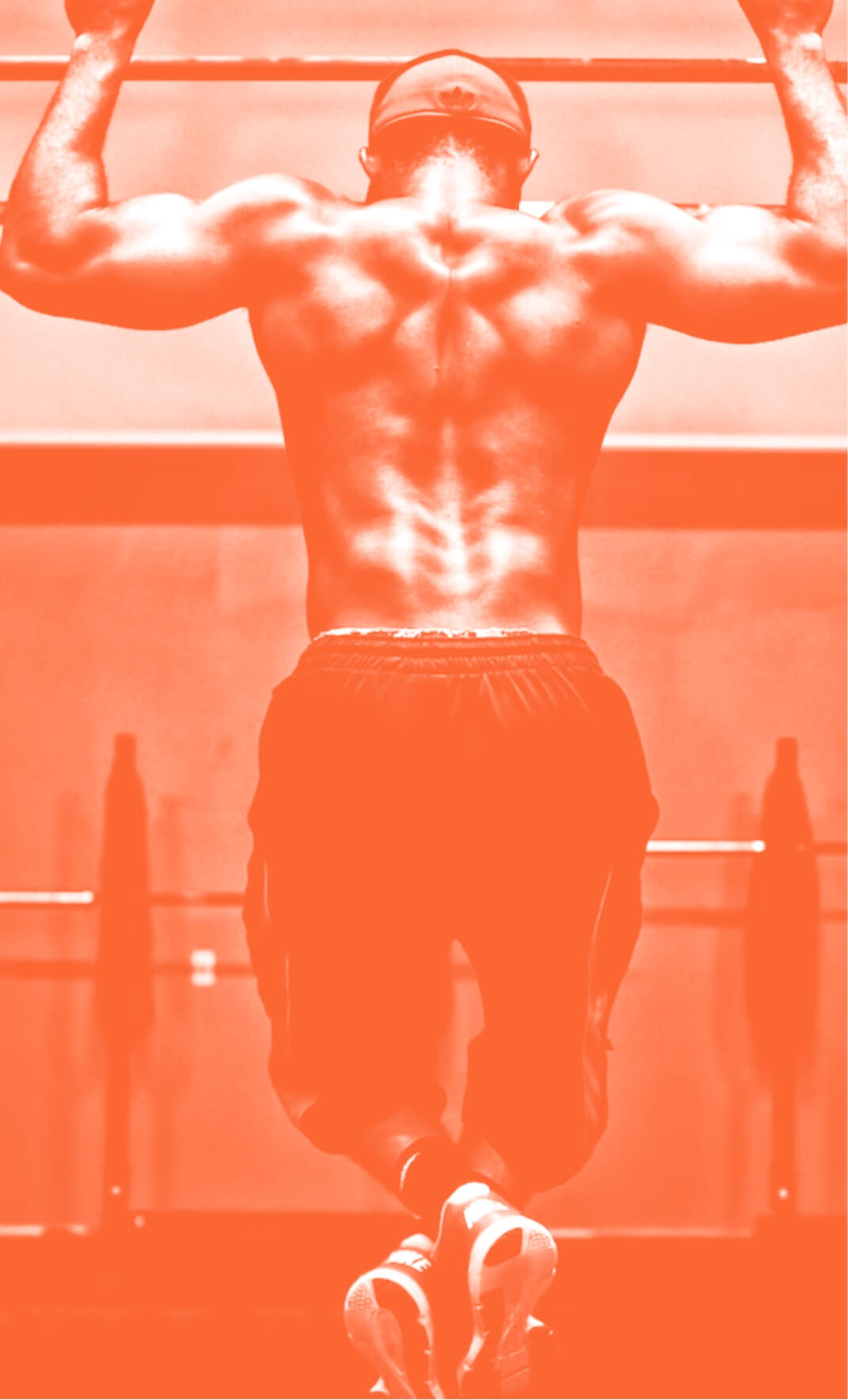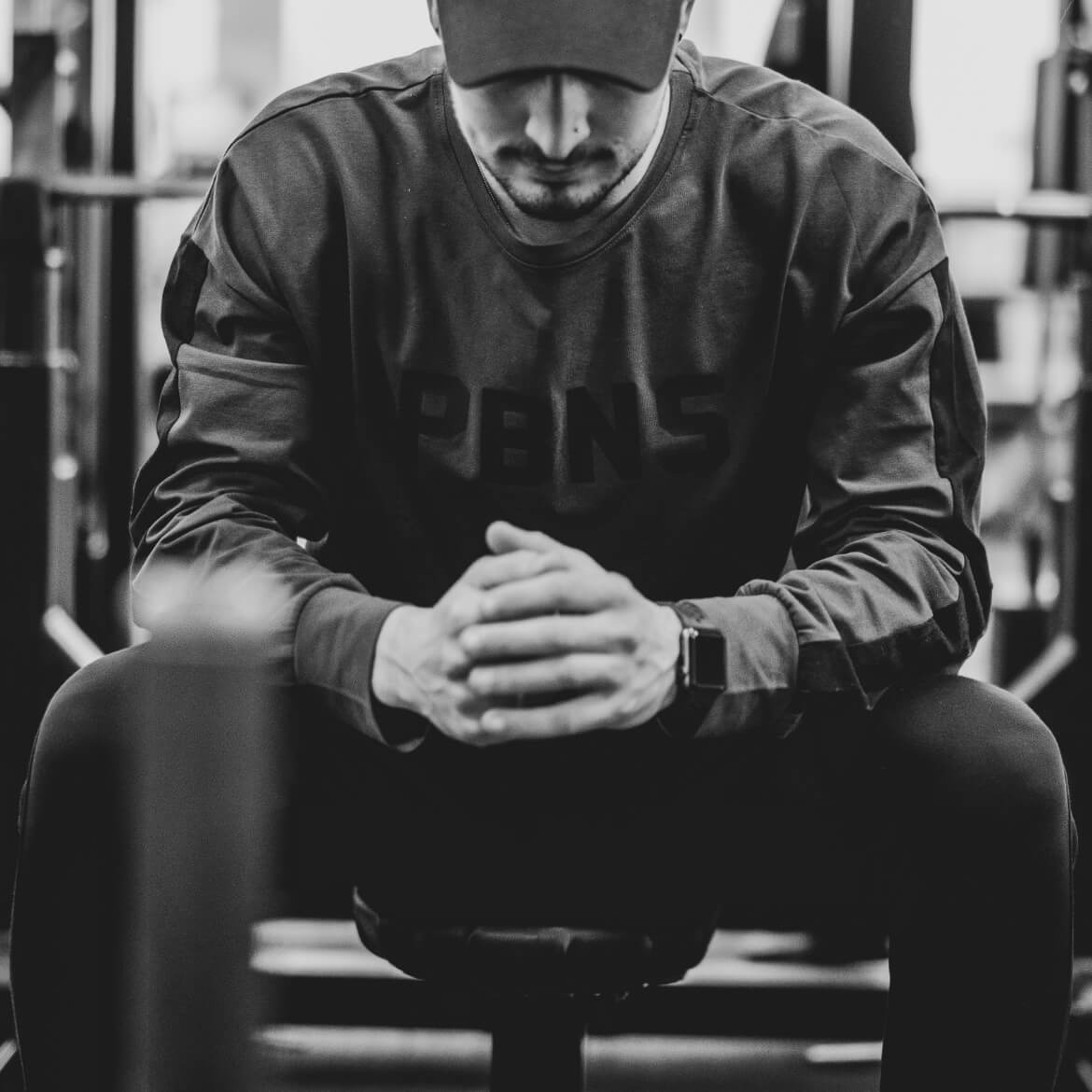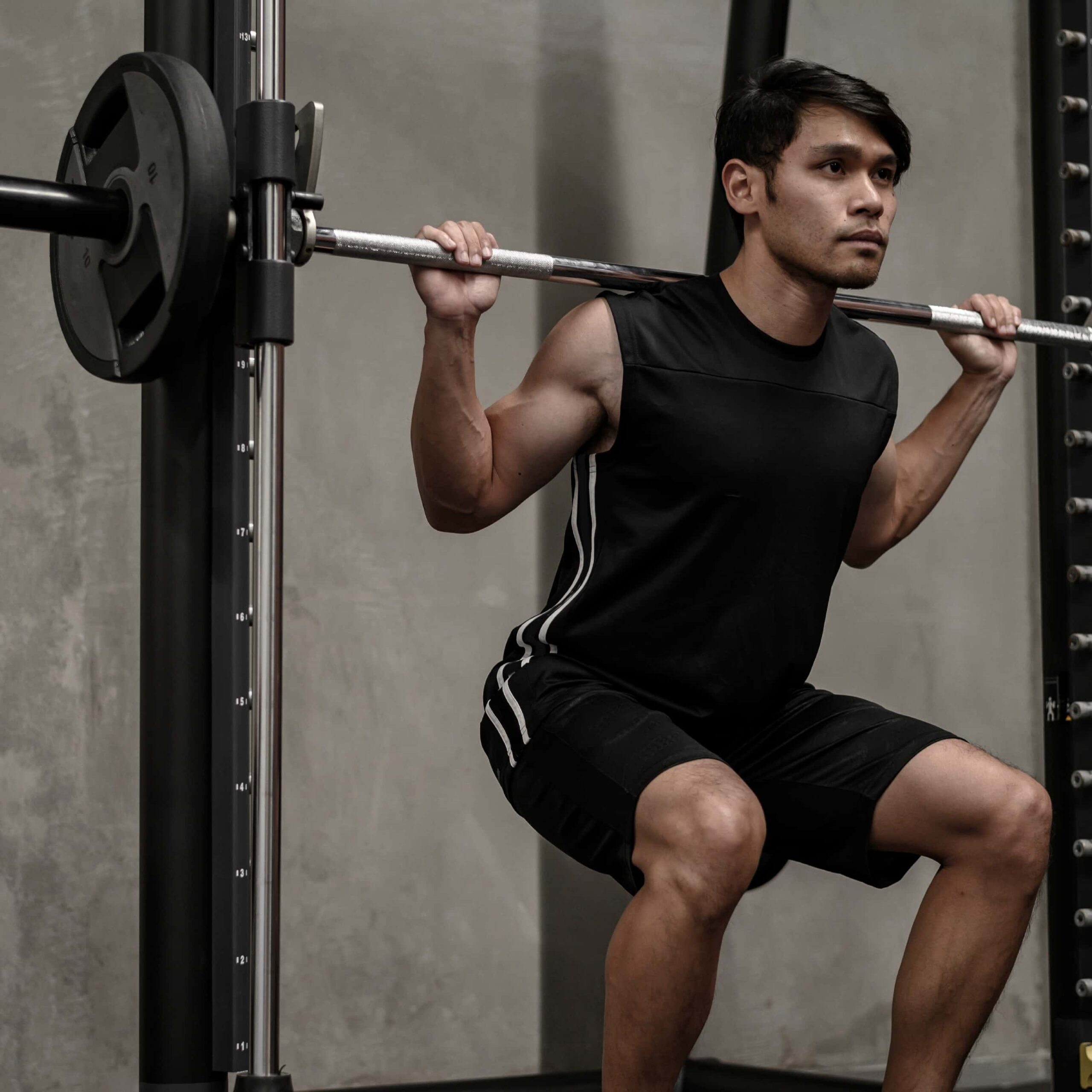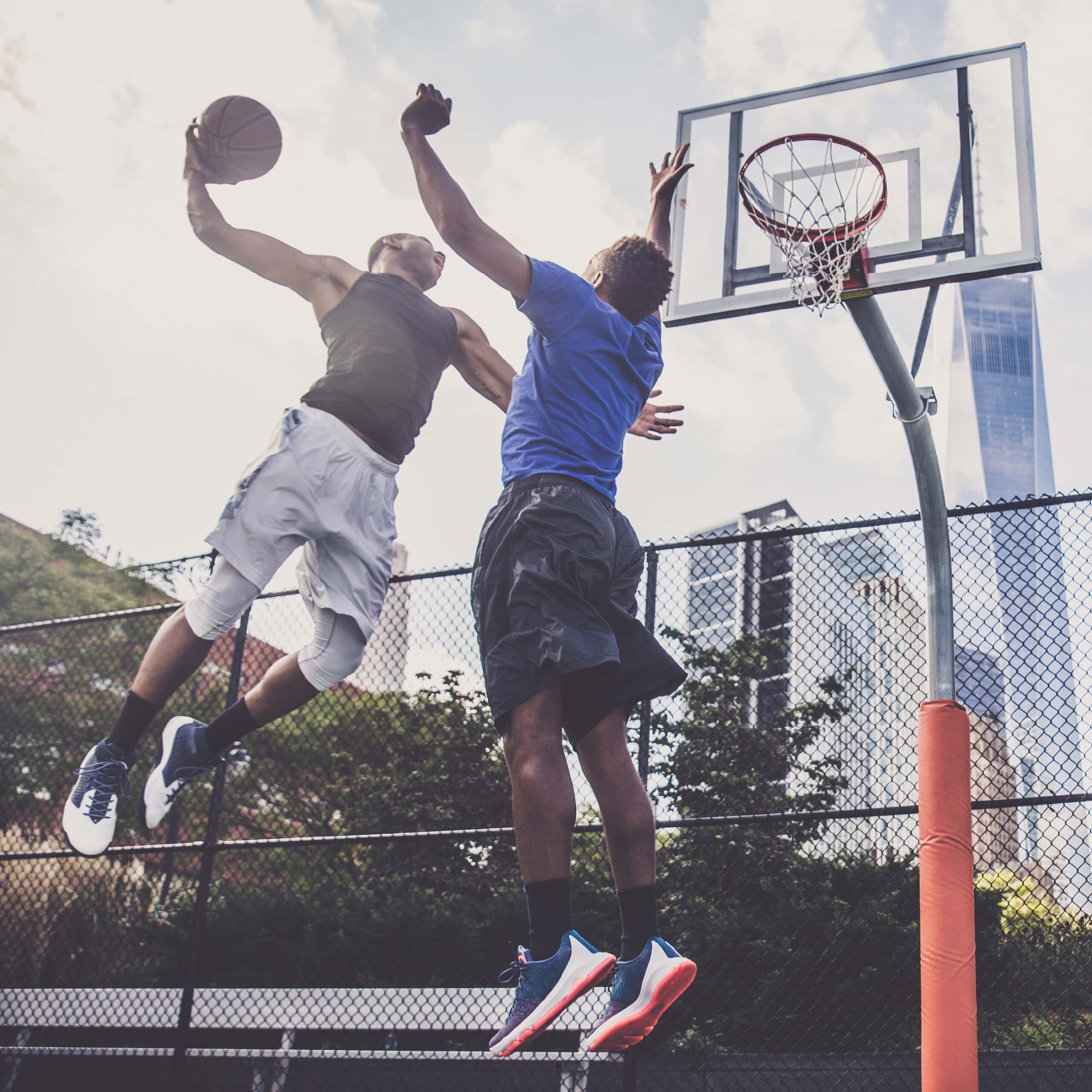The Best and Worst Ways to Shoulder Press
28th Jun 19
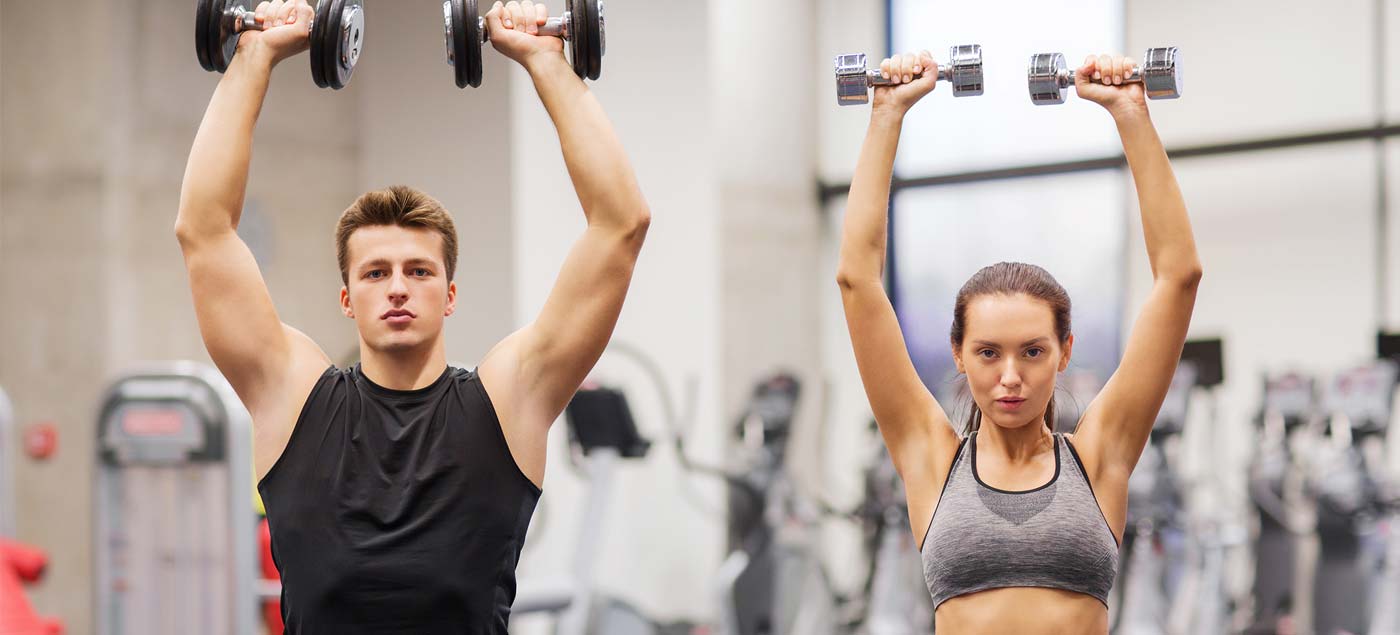
The shoulder press is a fundamental lift for anyone’s upper body workout. It’s also a good way to test your upper body strength (it’s essential for a good shoulder workout, after all!) It will provide proper growth and increase strength for the deltoid muscles, but there’s more to it than meets the eye. Because of its popularity, there’s a lot of variation concerning which technique provides the best results and how to protect yourself from injury.
There’s no need to worry too much, though. There are some techniques that stand out as the worst and some which are much safer. As long as you know your stuff and you train carefully, you should be okay. Just remember to warm up, train properly, and don’t overdo it.
Here’s the breakdown:
Want to move fast? Jump to the right section below.
Worst Ways to Shoulder Press
We’ll start off with the dangerous mistakes many people make on a regular basis. Some of the most common mistakes with the shoulder press are actually in some of the most commonly seen techniques. It’s important to know what to look out for.
Technique

Although it’s extremely popular in shoulder workouts, the behind-the-neck shoulder press is the worst. The mechanics of the exercise can be made extremely risky. Because of the unnatural movement of the shoulders in some variations and techniques, your rotator cuffs can be at risk of long-term and short-term damage. This is often the case with anything behind the neck or even seated variations. The movement forces the shoulders to move unsafely and with added unnecessary stress. It’s strongly recommended you avoid doing it and exchange it for the standardised version.
Bad technique can still pose a threat to the standard shoulder press too. Many people have a tendency to use a weight that they aren’t really ready for. Too much weight causes you to use muscles you’re not supposed to, putting you at risk of an injury. Using the lower back or bending the legs are the most common examples of this, as they give added upward thrust throughout the movement. This can even go unnoticed when you are doing it to make things easier, but it makes a huge difference and can actually cause damage. Also, ensure your arms aren’t going too low by stopping the descent at a 90-degree angle at your elbow.
Equipment

The equipment you use for your shoulder presses can also greatly impact the results you’re going to see and the effect on the rest of your body. Again, despite being one of the more common forms of the exercise, the barbell shoulder press is one of the more dangerous ways to use the equipment. Because of the lack of movement in comparison to dumbbells, if your form is not spot on, this can lead to the issues outlined above, as well as the rotator cuff being strained.
The machine variation of the shoulder press is also considered the worst version for different reasons. You may find that the machine makes the exercise far less likely to result in you injuring yourself. However, the balance and lack of variation the machine offers can result in you being unable to stabilise the lift were you to try to use free weights in the future. This means the machine can make you feel stronger than you are and is not a true reflection of your strength, technique or ability, so it’s wise to avoid it where possible.
Best Ways to Shoulder Press
Aside from the contrasting points to the ones we’ve discussed above, there are a few tips and techniques that will help you rather than hinder you.
Technique
Make sure that you’re using the best technique and stand when you shoulder press. When you sit down, the stabilisation from your back is reduced, and you will develop weaknesses there. It’s never a good thing. Standing means you’ll be stabilising yourself with your back and your core, and they are essential areas to build up for any exercise.
The ideal technique for this is to start and end with your arms at a 90-degree angle and not exceed it. Use a neutral grip to start and turn the weights as you extend to get the safest movement for your muscles. You can even use kettlebells for this rather than dumbbells if that is more comfortable for you, which might help you distribute the weight more safely.
(Check out this for a full breakdown)
Equipment

The equipment also plays a part in terms of the best ways to perform too. Dumbbells allow you to adjust your grip, making a much more natural vertical movement than the barbell can offer. It also requires your arms to stabilise themselves individually rather than relying on the strongest one, as the barbell does.
You can also use other equipment techniques while you stand up, like the landmine shoulder press. That can be an absolute game-changer. The idea is to use a barbell in the ‘landmine’ variation and push the bar upwards in an arc, one arm at a time. Training one shoulder at a time is useful in ensuring you’re getting the best possible contractions per rep and are making the progress you should be without putting your joints at risk.

Before beginning any exercise or nutrition program, consult your physician, doctor or other professional. This is especially important for individuals over the age of 35 or persons with pre-existing health problems. Exercise.co.uk assumes no responsibility for personal injury or property damage sustained using our advice.
If you experience dizziness, nausea, chest pain, or any other abnormal symptoms, stop the workout at once and consult a physician or doctor immediately.

